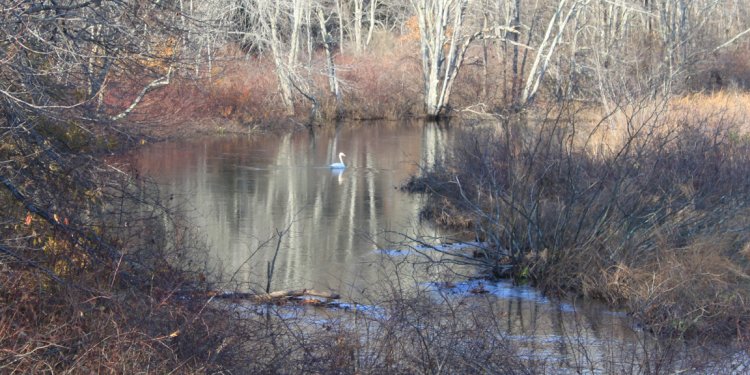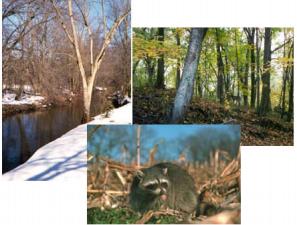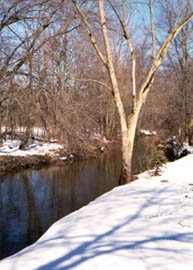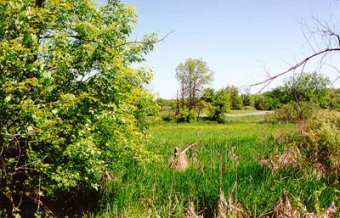
Protecting environmentally sensitive Areas
 The following information was adapted from "Watershed Resource Papers" developed for the Dowagiac River Watershed Project by Langworthy, Strader, LeBlanc, & Associates, Inc.
The following information was adapted from "Watershed Resource Papers" developed for the Dowagiac River Watershed Project by Langworthy, Strader, LeBlanc, & Associates, Inc.
In Michigan, natural features are regulated through the Natural Resources and Environmental Protection Act (NREPA), known as Act 451 of 1994, as amended. (MCL 324.101 et seq.) Under the Act, the State of Michigan and, in some cases, local communities, have the power to regulate land uses in sensitive areas.
 Environmentally sensitive natural features can either enhance or restrict development, depending on the type and extent of the feature. For example, the crest of a hill may provide a view which adds appeal to a site. Construction on the hillside can create the need to mitigate erosion, which can dramatically increase development costs. However, the cost to the community could be the loss of a natural view.
Environmentally sensitive natural features can either enhance or restrict development, depending on the type and extent of the feature. For example, the crest of a hill may provide a view which adds appeal to a site. Construction on the hillside can create the need to mitigate erosion, which can dramatically increase development costs. However, the cost to the community could be the loss of a natural view. On the other hand, using natural features to accent the development can substantially increase the marketability of the project and enhance its value to the developer.
On the other hand, using natural features to accent the development can substantially increase the marketability of the project and enhance its value to the developer.
Preservation
Preservation measures apply to those features which are so sensitive or valued that any alteration may have negative impacts on aesthetics, property, or environmental quality. Development should either be prohibited or restricted to those projects which have only a slight effect on these features. An identified habitat for endangered plants or animals is an example of lands requiring preservation techniques. In many instances, the value of these features is so great that specific legislation has been enacted for their protection.Integration
In areas where the natural features are an integral part of the community's character, but where minor changes only slightly impact the quality of life, integration may provide adequate protection. Integration allows natural features to co-exist with development, yet remain largely undisturbed. The community should carefully monitor land use in areas rich in these features.Using Site Plan Review
In areas where the natural features are an integral part of the community's character, but where minor changes only slightly impact the quality of life, integration may provide adequate protection. Integration allows natural features to co-exist with development, yet remain largely undisturbed. The community should carefully monitor land use in areas rich in these features.



















